A team of Russian researchers from Tyumen State University together with foreign colleagues studied the cases of plant extinction in world biodiversity hotspots and coldspots.
Species have been going extinct on our planet since the beginning of life on it. However, the rate of extinction considerably increased with the rise of the human population. Humans affect the biosphere and cause large alterations in it. These changes destroy habitats, cause biological invasions into ecosystems, and accelerate the extinction of many species. These processes may differ depending on the region and might affect plant diversity. In this study, a team of researchers from Tyumen State University and their foreign colleagues investigated such differences in world biodiversity hotspots (predominantly regions with Mediterranean-type of climate) and coldspots (predominantly Eurasian countries).
“We demonstrated that currently plants are going extinct 350 times faster than on average along the studied time span, i.e. 300 years. If we continue ignoring the importance of natural ecosystems and their integrity, this can lead to disastrous consequences, and relationships between plants, insects, and other species may be broken,” warned Anatoliy Khapugin, a Ph.D. degree researcher at Tyumen State University.
On the basis of the obtained data, the research group studied the tendencies, reasons, and dynamics of plant extinction over the past 300 years. Today’s extinction rates of many plants appeared to be higher in the biodiversity hotspots worldwide. However, according to the present study, the extinction rates have recently reduced in all regions. The most threatened species were perennial herb plants growing in temperate regions such as dandelion, crowfoot, and others. In unfavorable conditions, parts of their shoots die out, and remnants remain on the ground level. The main reasons for plant extinction in both groups of regions are agriculture and urbanization. In hotspot regions, one more threat that caused plant extinction was biological invasions of plants and animals that penetrated new habitats and often caused harm to local flora and fauna. In biodiversity coldspots, changes in the hydrological regime of habitats (such as new dams that negatively affect the functioning of water bodies) may also cause plant extinctions.
“To counteract the biodiversity loss, new Protected Areas should be created, and a special protection regime should be maintained in these territories to predominantly or completely prevent human activity there. In many world regions, including Russia, both national and regional Protected Area Networks prove to be inefficient. They have to be expanded to protect more habitats of threatened plants and animals,” stated Anatoliy Khapugin.
Reference: “Recent Anthropogenic Plant Extinctions Differ in Biodiversity Hotspots and Coldspots” by Johannes J. Le Roux, Cang Hui, Maria L. Castillo, José M. Iriondo, Jan-Hendrik Keet, Anatoliy A. Khapugin, Frédéric Médail, Marcel Rejmánek, Genevieve Theron, Florencia A. Yannelli and Heidi Hirsch, 22 August 2019, Current Biology.
DOI: 10.1016/j.cub.2019.07.063

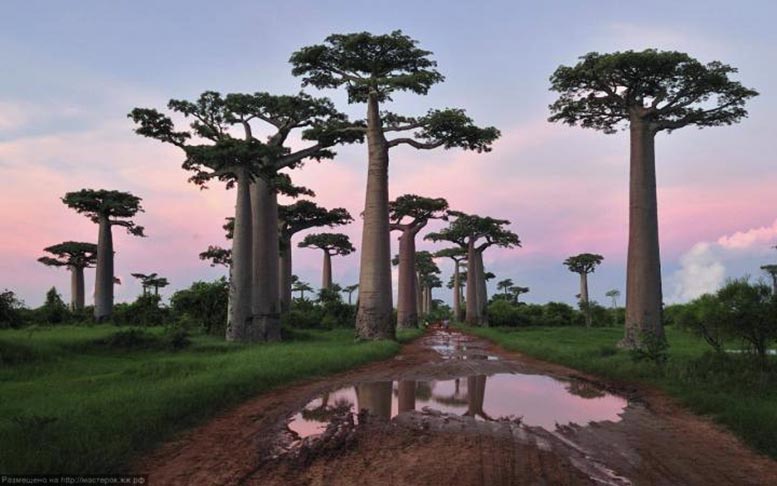
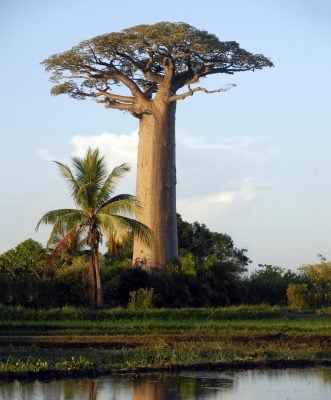

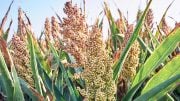
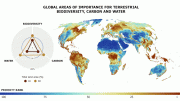
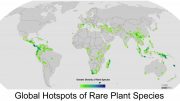




Be the first to comment on "Study Finds Reasons for Plant Extinction Vary Across the World and Over Time"